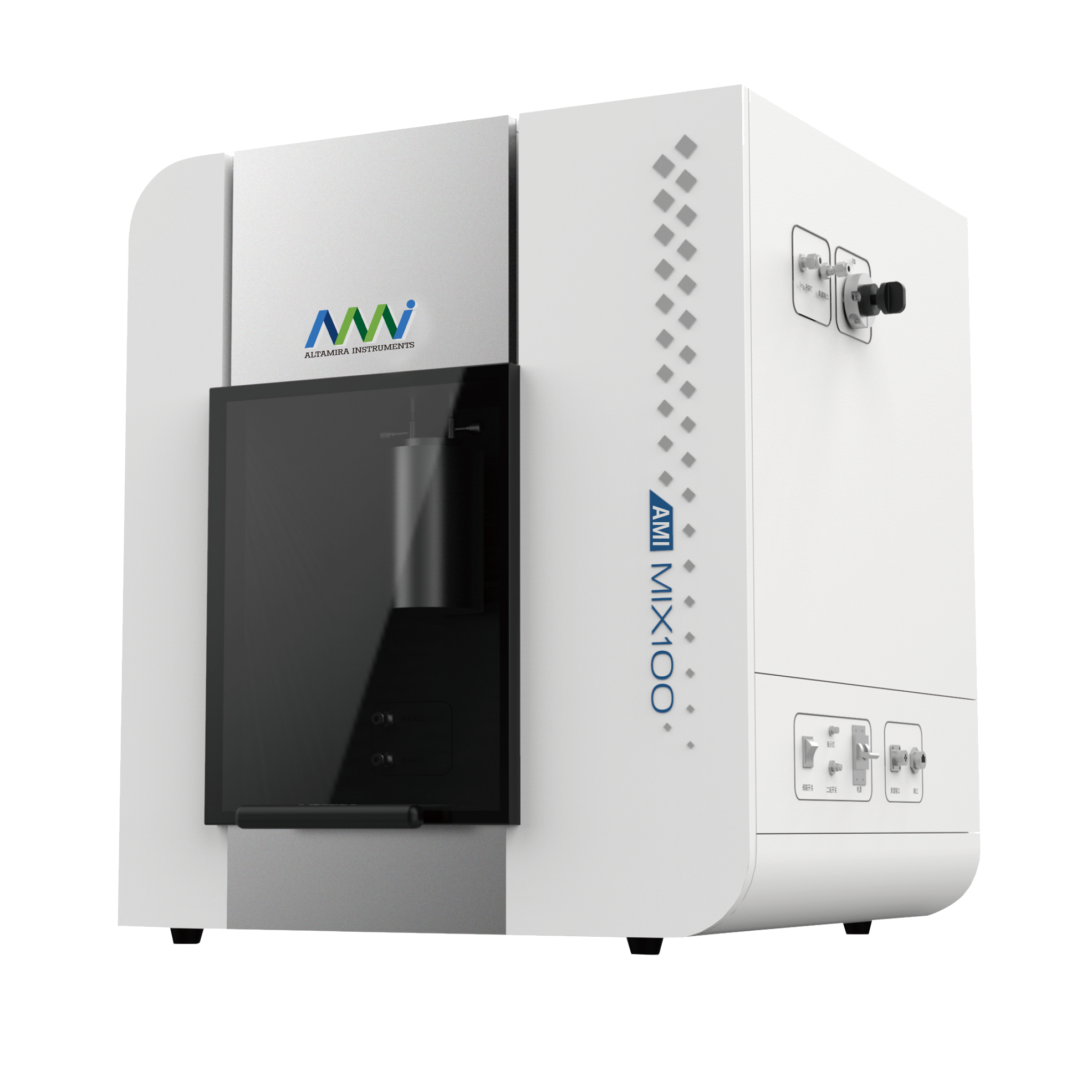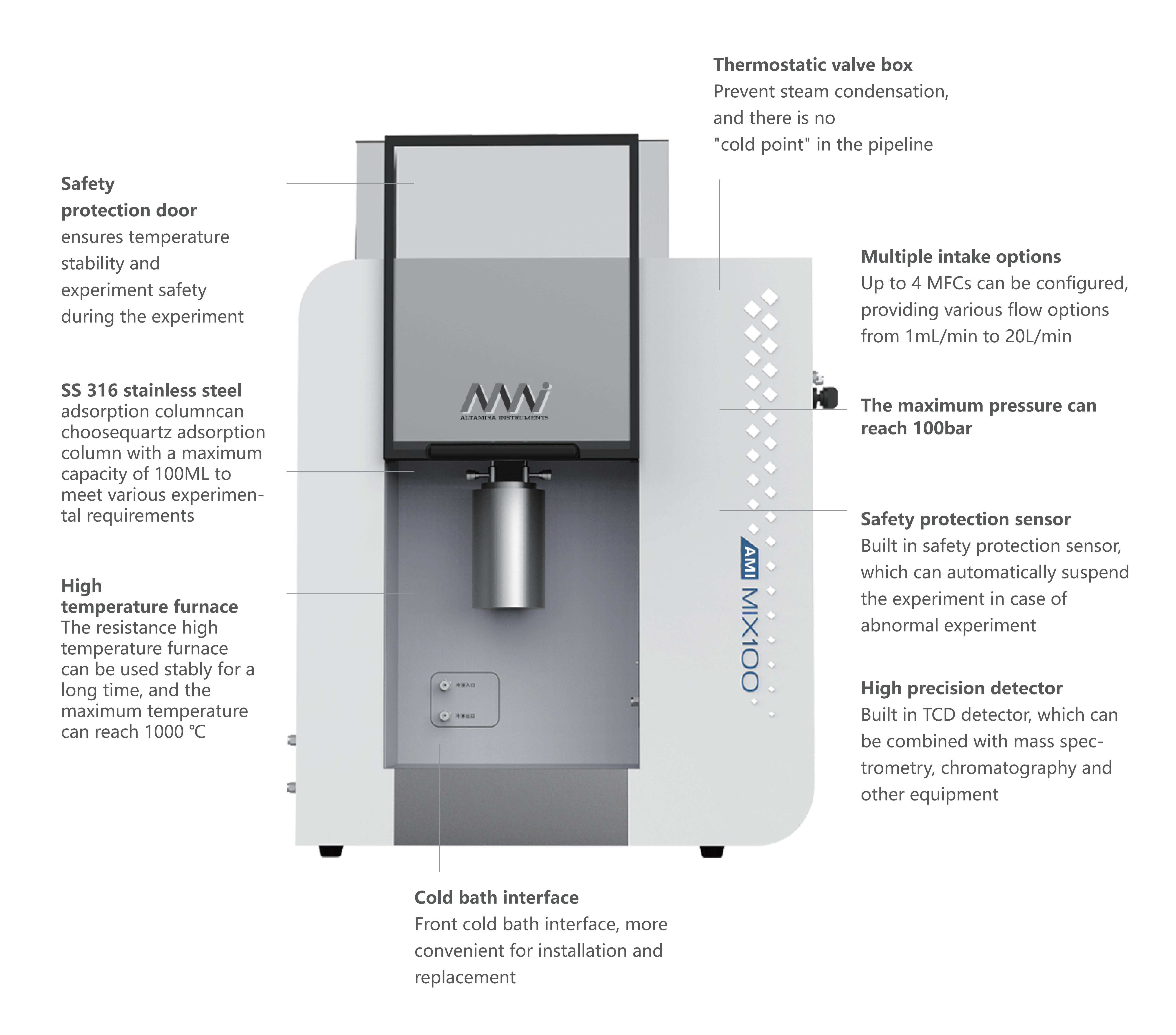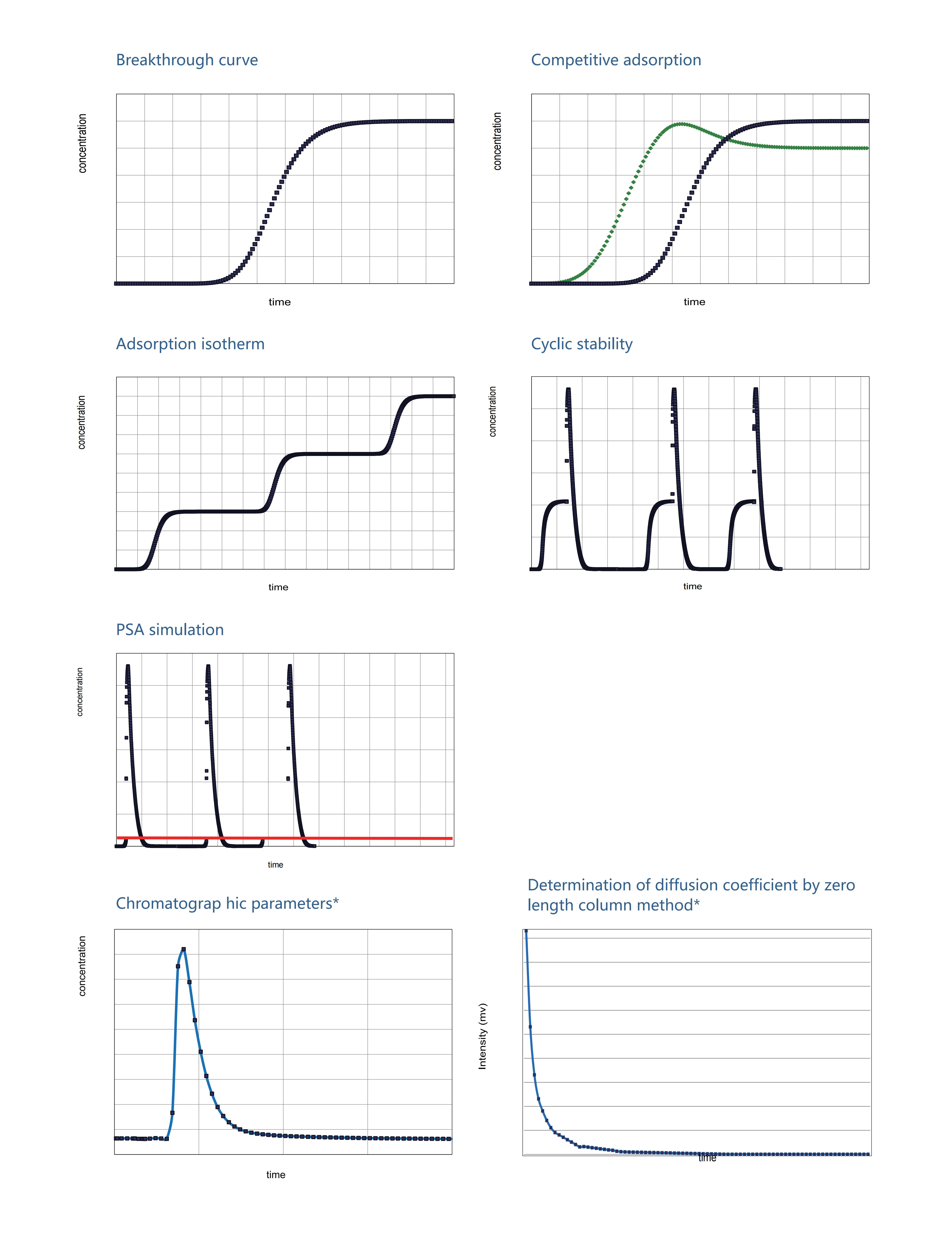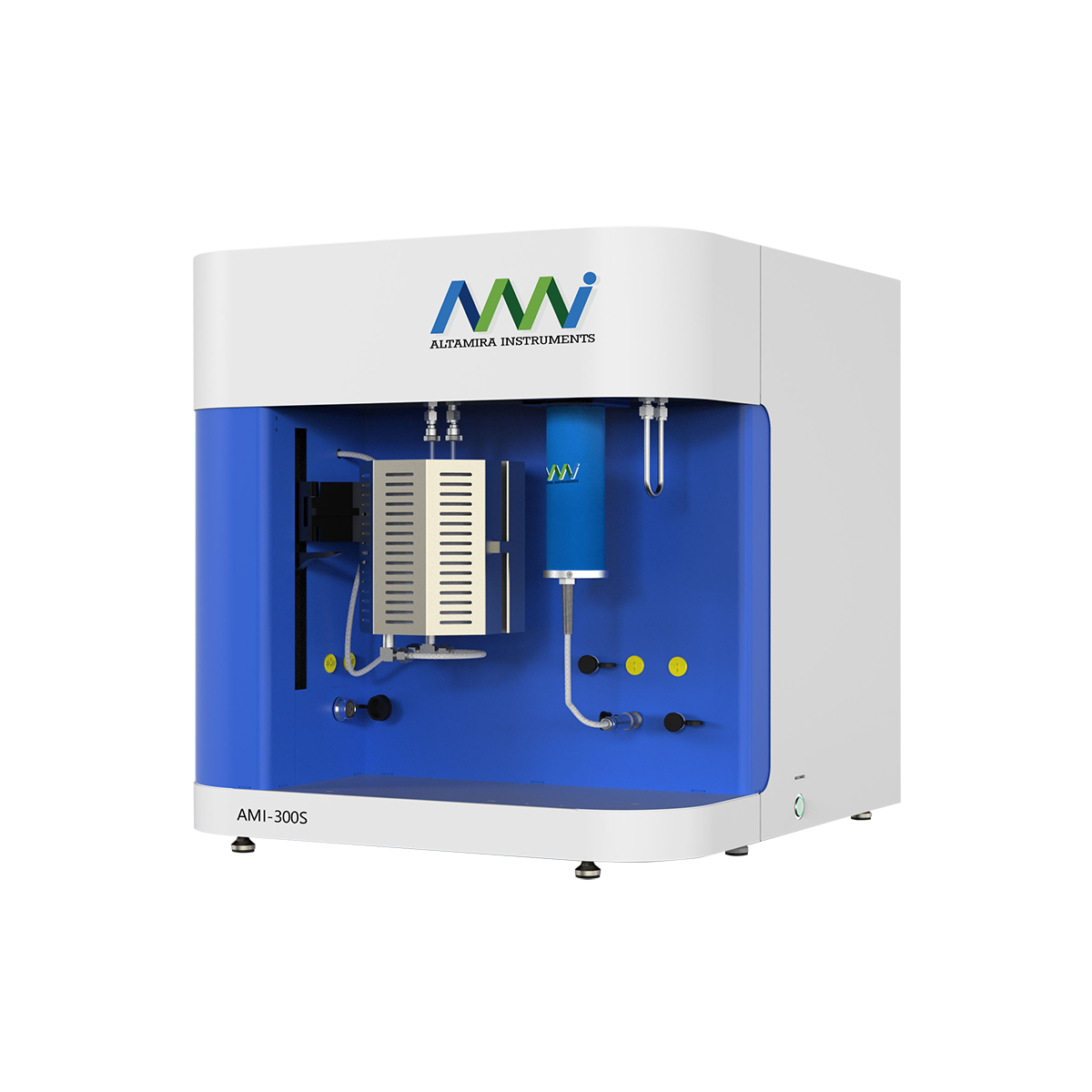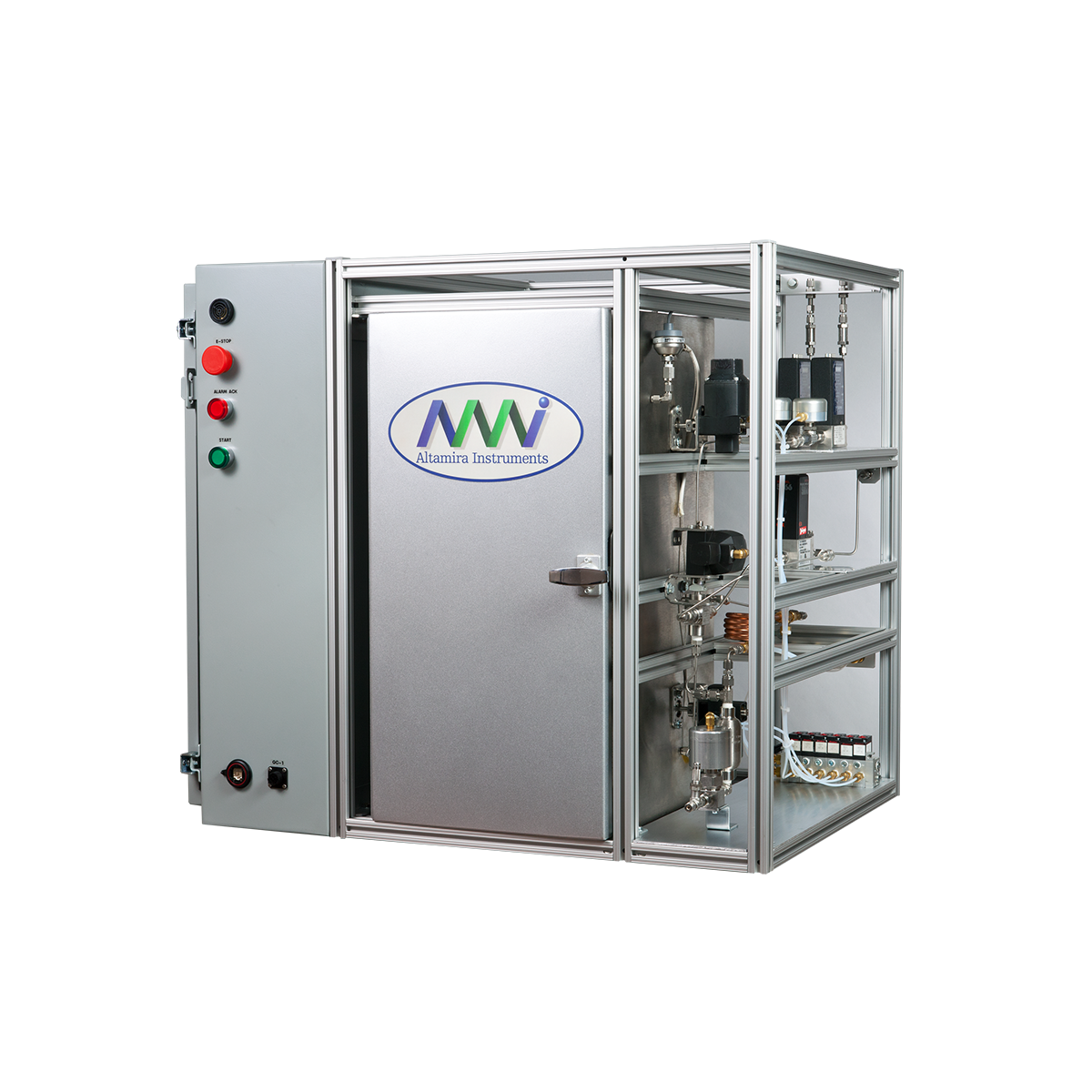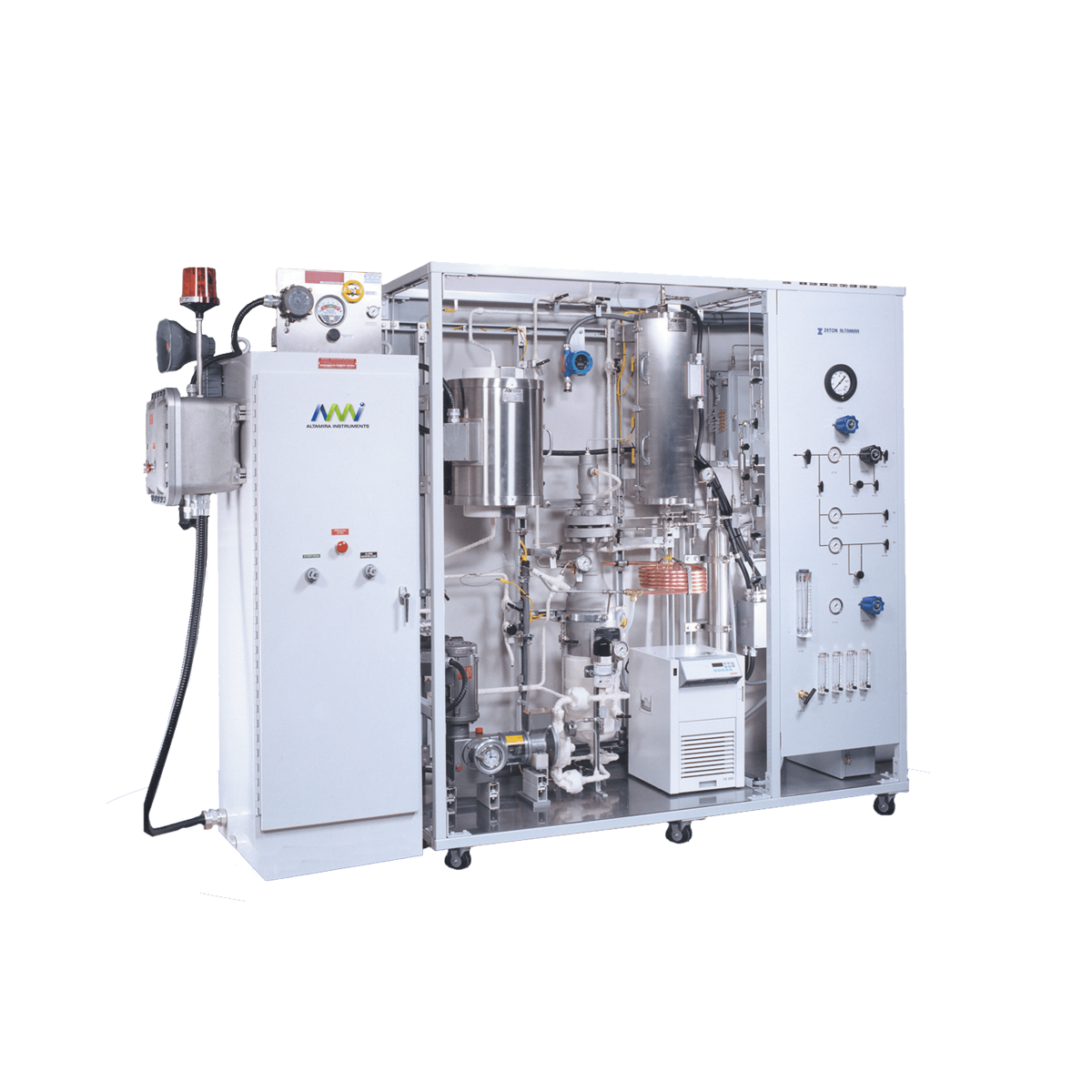Breakthrough curve and mass transfer analyzer (MIX 100 series) can accurately determine the performance of adsorbents under various process conditions, including dynamic gas flow adsorption and desorption, determination and evaluation of breakthrough curve, adsorption kinetics research, adsorption selectivity Determination, heat balance research of flow adsorption process, etc.And the unique zero length column method (ZLC) is the most efficient, accurate and stable method for measuring the diffusion coefficient of microporous materials at present.
The fully automatic steam liquid supplement module can bring more accurate liquid level control and longer experimental time for the long-term steam adsorption experiment.
The high-quality SS316 stainless steel adsorption column can provide 1ml-100ml adsorption columns with different volumes, which brings a wider range of choices for experiments.
The unique sandwich design of the adsorption column can achieve continuous automatic temperature control from -130 ℃ to 1000 ℃, to meet more diverse experimental needs of users.


